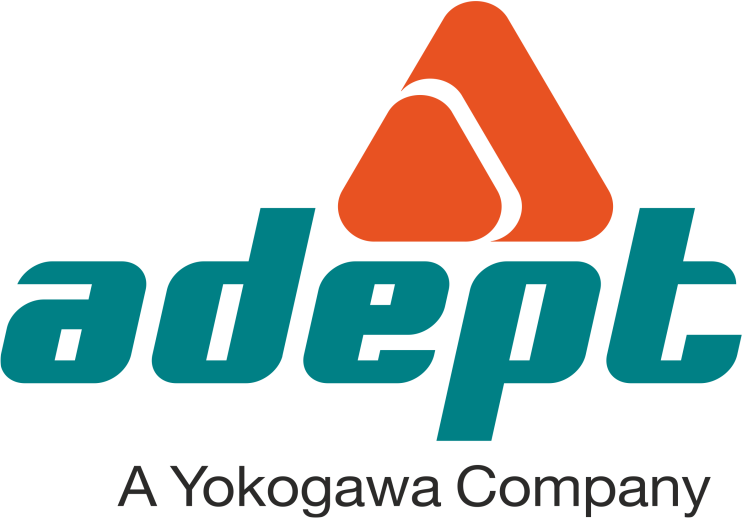Blog
Why LoRaWAN is the preferred communication
protocol for Smart Metering and Industry 4.0
The Fourth Industrial Revolution (Industry 4.0) is the automation of conventional manufacturing and industrial processes using modern smart technology. Large-scale machine-to-machine communication (M2M) and the Internet of Things (IoT) are integrated for increased automation, improved communication and self-monitoring due to the ability to analyse and diagnose issues without the need for human intervention.
The SMART Sensors:
It is rightly said that nothing goes without sensor systems in Industry 4.0.
Sensors and instrumentation drive the central forces of innovation, not only for Industry 4.0 but also for other ‘smart’ trending concepts, such as smart production, smart mobility, smart homes, smart cities, and smart factories.
Smart sensors are IoT-enabled devices, which generate the data and allow further functionality from self-monitoring and self-configuration to condition monitoring of complex processes. With the capability of wireless communication, they reduce installation efforts to a great extent and help realize a dense array of sensors.
The IoT-enabled smart metering sensors do not require to process large packets of data, like we do with our smartphones. The primary function required to be performed is transferring smaller data packets to longer distances.
Smart metering generally includes smart water meters, gas meters, electricity meters, smart street lighting, smart waste management and smart parking among other IoT applications. Such systems are commonly used in Smart City Initiatives in several countries using IoT technologies.
Processing the data from such devices that are operated 24×7 and are at times scattered at remote locations requires a complex ecosystem of connectivity.
Wireless LPWAN (Low Power Wide Area Network) is the best way to connect these devices through technologies supporting long range communication, low power requirements and low bit rates.
There are various wireless technologies available under LPWAN such as
GPRS (2G)
NB-IoT (4G)
LoRaWAN
Sigfox
Let us see why LoRaWAN is the preferred choice over other options.
A Quick overview on LoRaWAN:
LoRaWAN is a low-power wide-area network (LPWAN) technology. It is a protocol specification built on top of the LoRa technology developed by LoRa Alliance. It uses unlicensed sub-1GHz Industrial, Scientific and Medical (ISM) bands. End-devices communicate with LoRaWAN gateways and these gateways provide a TCP/IP uplink to the LoRaWAN Network Server, which is responsible for routing messages between devices and the LoRaWAN ‘Applications’. End-devices can connect to multiple gateways for redundancy and the Network Server manages duplicate packets, etc. All communications are encrypted twice within the LoRaWAN network, once with a Network Session Key between the end device and the Network Server, and the second time with an Application Session Key used to encrypt data between an end device and an Application. The LoRaWAN node does not need any other communication channel other than the LoRaWAN itself. This is possible because LoRa uses frequency bands free for use (ISM bands), and so anyone can become a network operator!
Why LoRaWAN over LoRa?
LoRa, is the physical layer or the (wireless) modulisation, which creates the long-range communication link only. LoRaWAN is about the communication protocol and system architecture for the network as the LoRa Alliance puts it. Or even simpler: LoRaWAN is the network (WAN = Wide Area Network).
Just like Wi-Fi and Bluetooth use unlicensed spectrum in the 2.4 GHz and 5 GHz bands, a LoRaWAN network also uses unlicensed but sub-gigahertz radio frequency bands like 169 MHz, 433 MHz, 865 to 867 MHz (India), 868 MHz (Europe), 915 MHz (North America) and 915-928 MHz (Australia).
The Commercial Angle:
From the price point of view, LoRaWAN offers a cost-effective way to augment network capacity where it is needed the most. LoRaWAN gateways are cost-effective and can be deployed using Ethernet/3G/4G wireless technologies with minimal investment in comparison to 3GPP small cells. This allows building an IoT network in a cost-effective manner and scaling it progressively based on the application needs. This deployment model has a dramatic effect on ROI for IoT connectivity based on LoRaWAN.
Let Adept’s expert team help you select an efficient Smart Meter with LoRaWAN.
Write to us at: digital@adeptfluidyne.com
Latest Blogs













